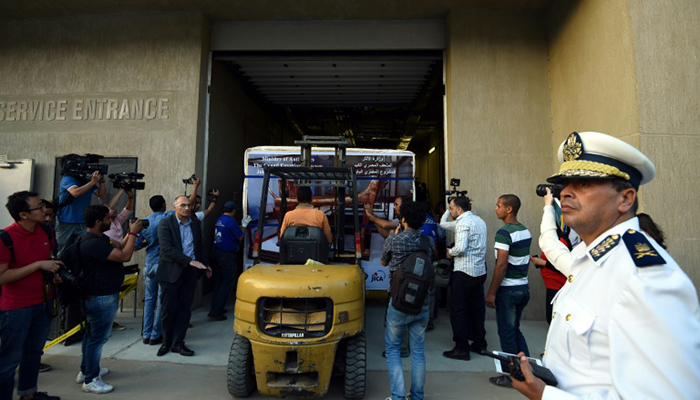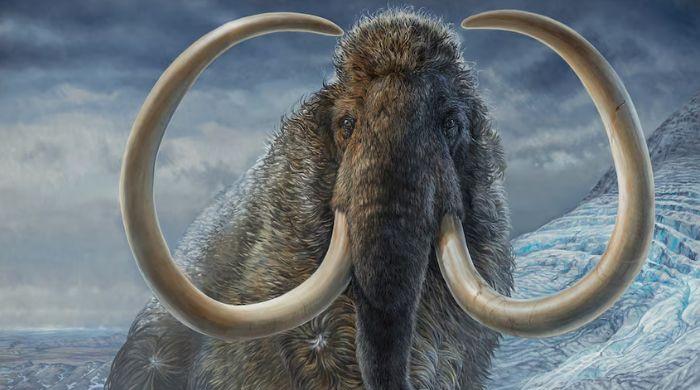Egyptian Museum overflows with antiquities
The world-famous Egyptian Museum boasts 160,000 priceless artefacts crammed into the hallways and exhibition halls of a 19th century two-storey building in Cairo's Tahrir Square.
The...
May 24, 2017

The world-famous Egyptian Museum boasts 160,000 priceless artefacts crammed into the hallways and exhibition halls of a 19th century two-storey building in Cairo's Tahrir Square.
The museum's artefacts "belong to the various Egyptian civilisation periods, starting from pre-historic eras, all the way to the Graeco-Roman period," Sabah Abdel Razik Saddik, the museum's general manager, told AFP.
The museum's best-known piece is 18th dynasty monarch King Tutankhamun's golden funerary mask and the rest of his tomb's artefacts, located in the museum's top floor.
Among the museum's "masterpieces" are statues of the royals who had the Giza pyramids built, including the only surviving statue of King Khufu.
"The museum also has very important pieces from prehistoric eras," including two skeletons, one 35,000 years old and the other about 22,000 years old, as well as stone tools from 7,000 BC, Saddik said.
The facility also has around 50,000 pieces in storage that are not exhibited, said Saddik.
The museum was a tourist highlight before the January 2011 uprising toppled Hosni Mubarak, unleashing years of political turmoil which led to plummeting tourist numbers.
Visitors would wait in long lines outside its entrance, while the building brimmed inside with both tourists and Egyptian visitors, including students on school trips.
During the uprising, which was centred in Tahrir Square just outside the museum, looters broke into the building stealing and damaging several ancient treasures.











